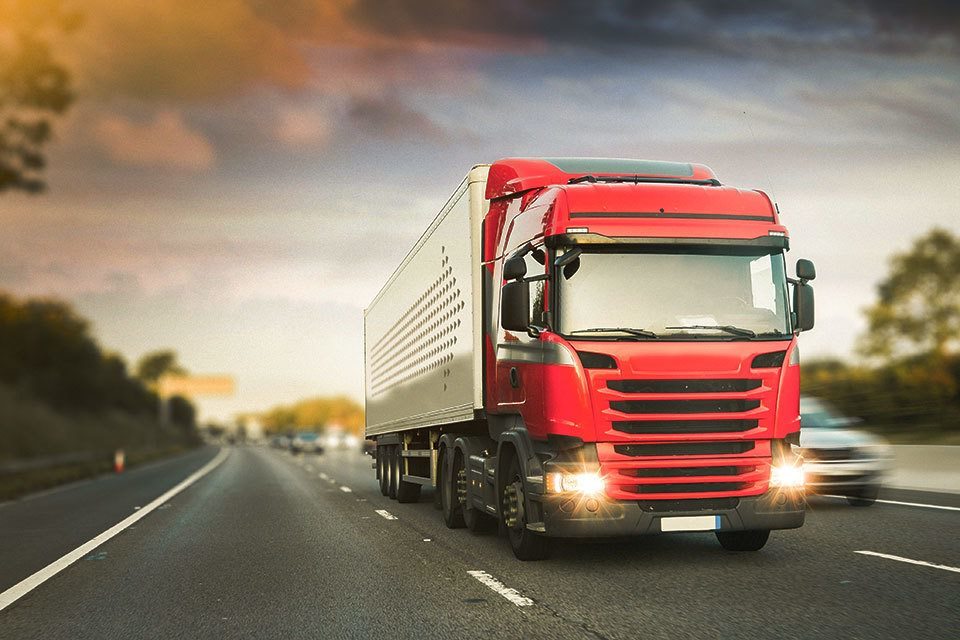In the ever-evolving logistics and transportation industry, holding a specialised driving licence can significantly broaden your career opportunities and enhance your professional value. Among the various categories, the c1e licence stands out as a pivotal qualification for drivers aiming to operate a broader spectrum of heavy goods vehicles (HGVs) with added flexibility.
This comprehensive guide is designed to navigate you through the process of obtaining your c1e licence, ensuring you’re well-equipped to unlock new horizons in the HGV driving domain.
What is a c1e Licence?
A c1e licence expands on the C1 licence category, permitting holders to drive C1 category vehicles coupled with a trailer over 750kg, but with the combined weight not exceeding 12,000kg. This licence caters to drivers looking to enhance their qualifications beyond the standard C1 licence, offering the ability to handle a wider array of vehicle combinations, crucial for specific logistic and transportation roles.
Why Obtain a c1e Licence?
The versatility offered by the c1e licence makes it an attractive option for professional drivers. It opens the door to a variety of driving roles that require the transport of larger loads or more complex vehicle configurations, significantly enhancing employability and the potential for higher earnings. Moreover, it offers a competitive edge in the job market, positioning you as a highly skilled and versatile candidate.
Steps to Obtaining Your c1e Licence
- Meet the Basic Requirements
Before embarking on the journey to acquire your c1e licence, ensure you hold a full C1 licence and meet the medical fitness requirements. The minimum age for applying is typically 18 years, contingent upon having a valid driving licence for the lighter C1 category vehicles.
- Pass the Medical Examination
A DVLA (Driver and Vehicle Licensing Agency) medical exam is essential to ascertain your fitness to operate larger vehicles safely. This step involves a thorough health check-up by a professional.
- Complete the Required Training
Enrol in a driver training course provided by a reputable training school. These courses are designed to equip you with the necessary skills and knowledge to safely operate c1e category vehicles, covering both practical driving skills and theoretical knowledge crucial for the job.
- Pass the Theory Test
If you haven’t already passed the theory test for the C1 licence, you’ll need to do so for the c1e licence. This includes multiple-choice questions and hazard perception clips, testing your understanding of road safety, vehicle operation, and hazard awareness.
- Undergo the Practical Driving Test
The practical test assesses your ability to safely handle a c1e vehicle combination. It includes vehicle safety questions, practical road driving, and off-road exercises, evaluating your competence in a range of driving situations.
- Obtain the Driver CPC (For Professional Drivers)
If you’re obtaining the c1e licence for professional purposes, completing the Driver Certificate of Professional Competence (CPC) training is mandatory. This involves additional tests and training, focusing on professional driving standards and ongoing professional development.
Key Benefits and Opportunities
With a c1e licence, drivers can expect a wealth of opportunities within the logistics, transportation, and related sectors. It not only allows for the operation of a wider range of vehicles but also signals to employers a commitment to safety, professionalism, and versatility in driving skills. This can lead to job opportunities that require the transportation of larger loads, offer better pay, and provide more varied work experiences.
Conclusion
Acquiring a c1e licence is a strategic move for any professional driver aiming to advance their career in the transportation and logistics industry. By following the steps outlined in this guide and committing to the necessary training and tests, you can unlock a world of opportunities that come with being qualified to drive a broader range of HGVs.
The c1e licence is not just a certification; it’s a gateway to enhanced career prospects, higher earning potential, and the ability to meet the diverse needs of the modern transportation sector.
FAQs
Q1: What is a c1e licence?
A1: A c1e licence allows you to drive vehicles in the C1 category (vehicles weighing between 3,500kg and 7,500kg) with a trailer over 750kg, provided the total weight does not exceed 12,000kg. It is an extension of the C1 licence, offering greater flexibility and capability in driving larger vehicle combinations.
Q2: Who needs a c1e licence?
A2: Professional drivers who wish to operate larger vehicles with trailers for commercial purposes, such as logistics and transportation, may require a c1e licence. It’s also suitable for individuals seeking to enhance their employability and skillset in the driving industry.


